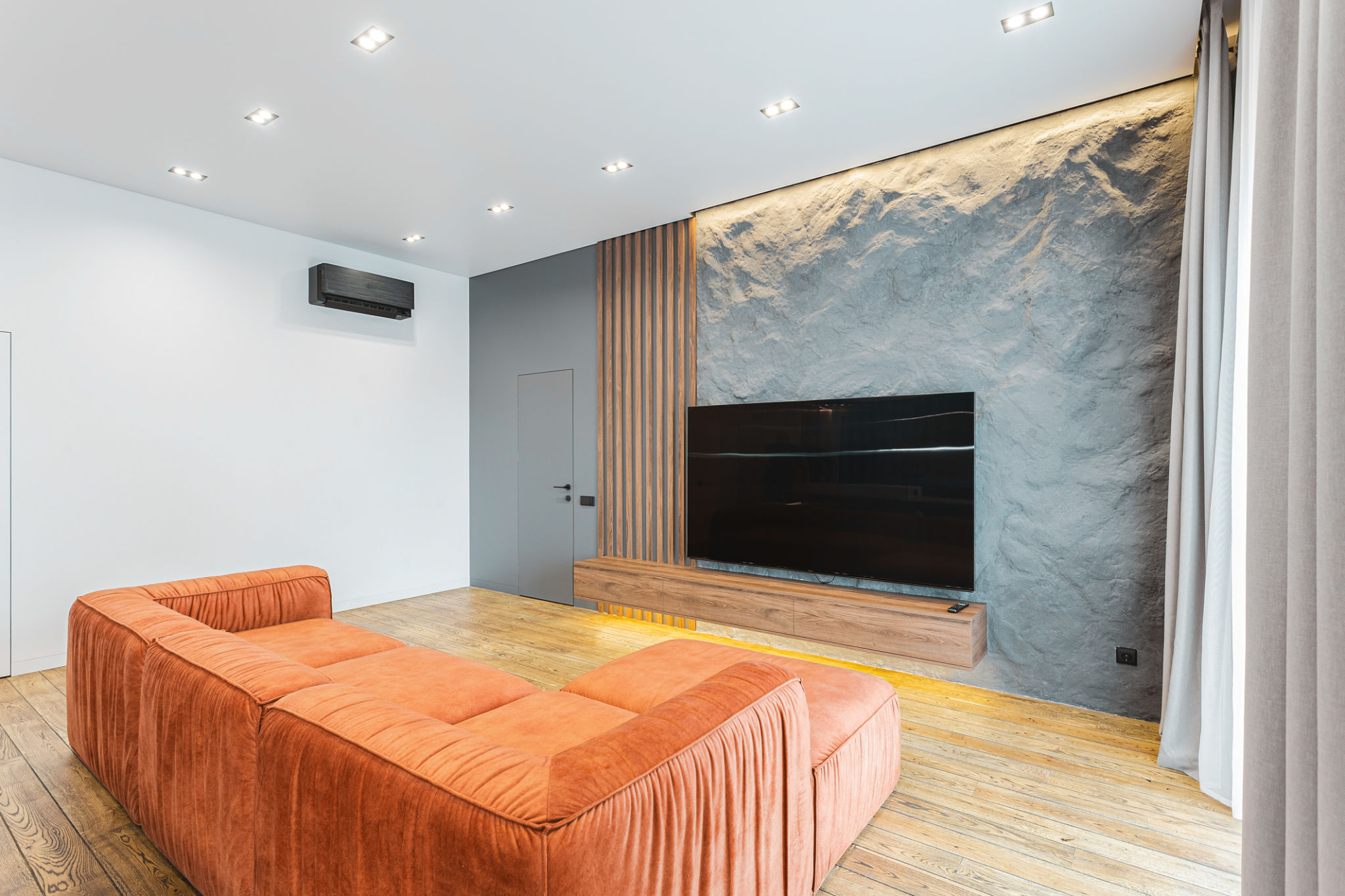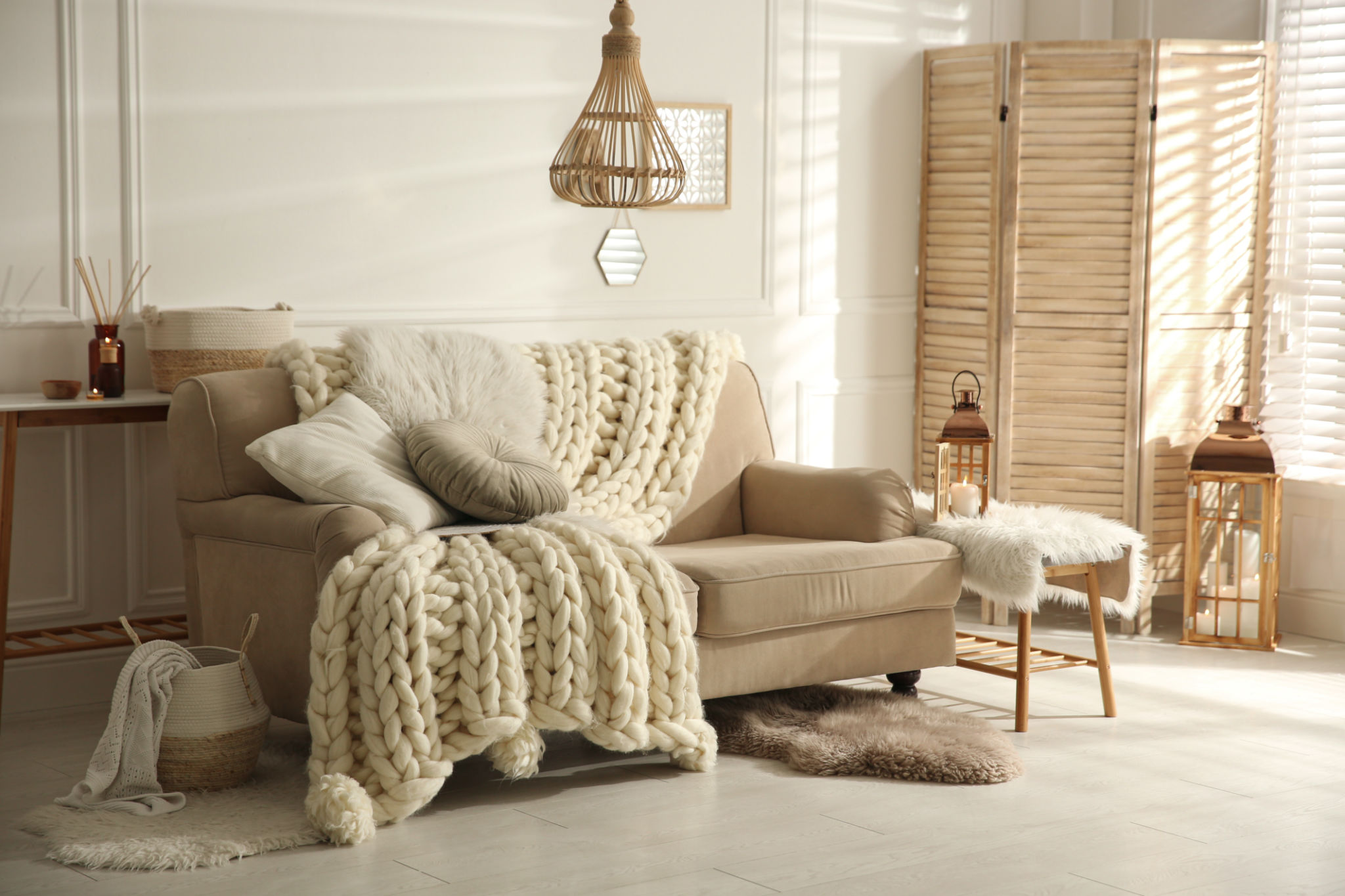Preparing Your Home for Winter: Essential Painting and Plastering Tips
Preparing Your Home Interior: Painting Tips
As winter approaches, it's essential to ensure your home's interior is well-prepared to withstand the colder months. One of the best ways to give your home a fresh look while preparing it for winter is by painting. Fresh paint not only enhances your home’s appearance but also adds a layer of protection against the harsh winter elements.
Before you start painting, make sure to choose the right type of paint. Opt for high-quality, weather-resistant paint that can withstand temperature fluctuations. Consider using a primer for better adhesion and coverage, especially if you're painting over a darker color.

Preparation is key to a successful paint job. Begin by cleaning the walls to remove any dust, dirt, or grease. This step ensures that the paint adheres properly and results in a smooth finish. Don’t forget to fill in any cracks or holes with a suitable filler, and sand these areas once they are dry to create an even surface.
Choosing the Right Colors for Winter
Color choice is crucial when preparing your home for winter. Shades that evoke warmth and comfort are ideal. Think rich, deep tones like burgundy, navy blue, or forest green. These colors not only create a cozy atmosphere but also complement the winter season's mood.
If you're looking for something more neutral, consider shades of gray or beige that can be easily accentuated with seasonal décor. These colors provide a versatile backdrop that works well with various styles and textures found in winter decorations.

Plastering: A Crucial Step in Winter Preparation
Plastering is an essential part of preparing your home for winter as it helps in sealing and insulating your walls. Proper plastering can prevent heat loss, reduce energy bills, and maintain a comfortable indoor temperature during the colder months.
Before you begin plastering, inspect your walls for any signs of damage or old plaster that may need repairs. Crumbling or cracked plaster should be removed and replaced to ensure a smooth and even finish. Use a high-quality plaster mix suitable for your specific wall type for the best results.
Essential Tools and Materials for Plastering
Having the right tools and materials can make plastering more efficient and effective. Here’s a list of essentials you’ll need:
- Plastering trowel
- Mixing bucket
- Plasterboard
- Sanding block
- Protective sheets or drop cloths

Ensure that you protect your floors and furniture by laying down protective sheets before starting your plastering work. This step prevents any accidental damage or stains from plaster drips.
Finishing Touches for a Warm Winter Home
Once the painting and plastering are complete, consider adding finishing touches to enhance your home’s winter readiness. Adding thick curtains can help insulate windows and keep the warmth inside. Consider layering rugs on hardwood floors to add extra warmth and comfort underfoot.
Incorporating warm lighting through lamps or fairy lights can create a cozy ambiance that's inviting during the long winter nights. These small additions can make a significant difference in how comfortable and welcoming your home feels.

With these essential painting and plastering tips, you’re well on your way to preparing your home for winter. Not only will your space look refreshed and ready for the season, but it will also be better equipped to handle whatever winter weather comes your way.